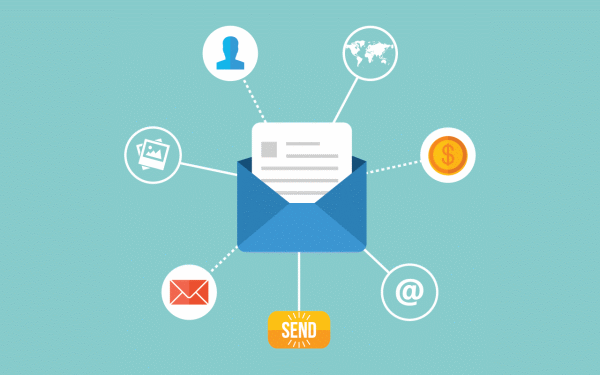In the age of social media and search engine marketing, email remains a relevant tool for online marketers. However, things have changed and marketers don’t need to do email blasts. More often than not, the success of a campaign depends on the marketer’s ability to segment email lists.
When you are using a platform to send out emails automatically, email marketing segmentation becomes an important factor in the automation process. That’s why marketers should know how to segment email lists and its importance to the email campaign.
Affects Sender Reputation
Email marketing segmentation affects your sender reputation. Internet service providers evaluate how recipients interact with your emails when they received it. If most of the users don’t engage with the email, then the ISP will think that the email is not important and send it to the spam folder.
No One Size Fits All Solution
When it comes to email marketing, there’s no one size fits all solution. It is important to consider the different types of customers that you will encounter. A single message will not be enough to engage all customers. That’s why you need to segment email lists so that you can speak to your customers based on their needs. This will give you a better chance to convert all potential customers.
Separate Contacts Based on their Position in the Sales Cycle
Another thing to keep in mind is that your email database is composed of contacts that are at different points in the sales cycle. They need different information and communication depending on which stage they are at. Failure to utilize email to take advantage of the prospects different preferences and needs depending on their stage in the sales cycle can make you miss sales opportunities.
Get Better Results
Through email marketing segmentation, you will be able to get higher open rates, greater revenue, better deliverability, and lower unsubscribe rates. You will also get better click through rate compared to emails that are not segmented. Targeted emails get more clicks, which means that the recipients engage with the content within the email and respond to the call to action.
How to Segment Email Lists
When you want to segment email lists, the first thing you need to do is to collect customer data. Keep in mind that all customer information is useful. It is the duty of the marketer to determine how to use the information.
The first step is to collect data from different sources and use the information to make user profiles. Some of the helpful information includes location of the customers and engagement with various marketing activities.
Once you have created the user profiles, the next step is to segment them based on different criteria. There are several types of segments based on several factors. You can segment them based on their demographics. You should know who your recipients are, their location, time they check their email, gender, age, occupation, industry, and other factors that make them different from each other.
You can also segment email lists based on the type of user or customer. You can group them based on their service plan, when they joined the list, or how much they spent on products and/or services.
Another way to segment email lists is through their activity. You should consider how often the customers are logging in, using your products and/or services, and buying your products. This type of segmentation requires more sophisticated tracking.
Lastly, you can segment email lists through customers’ engagement. Group them based on how often they open their emails from you. They can be grouped into openers, interest level, and inactive users.
Email Marketing Segmentation Tools
The task of segmenting emails can be overwhelming at first. But with the right tools, you can easily do it in no time. Sendblaster 4 allows you to create unlimited lists and divide them up using the list segmentation feature in the most convenient manner. The feature is available in the Pro version of our software.
To create a list segment with SendBlaster 4, follow the steps below:
- Click on Lists and Addresses > Segments (side menu) and select the name of the list, then click on the + icon

The List segmentation window will appear.

- In the segment editor window, type a name for your segment (this is only for internal use, be descrictive so it will be easier to remember what segment is).
- Choose one or more rules that you want to apply

- Choose if contacts to be grouped should match all rules stated above (gmail accounts, Germany) or at least one.
- Click OK to confirm. Your subset of contacts will be automatically created.
- Click on the Preview button to get the list of contacts that match the rules you’ve just set. Please note that the saved segment can be applied to any of your lists.
Anytime, you can edit the segment using the Edit link from the Segments page. If you no longer need the segment, simply click on the X icon to delete it (don’t worry, you will delete only the segment, not the email contacts!)
Send a campaign to a segment
Sending a campaign to a specific segment is quick and easy. After composing your message, go to the Send Panel, choose a mailing list and select the segment previously saved from the drop-down list.

After having configured the other send options, click on Send or Send later to process your campaign as usual.
When it comes to email marketing, sending out email blasts is an ineffective way to do it. You should do email marketing segmentation to make your campaign more effective. It will make your email marketing automation get better results and improve your conversion rates.
